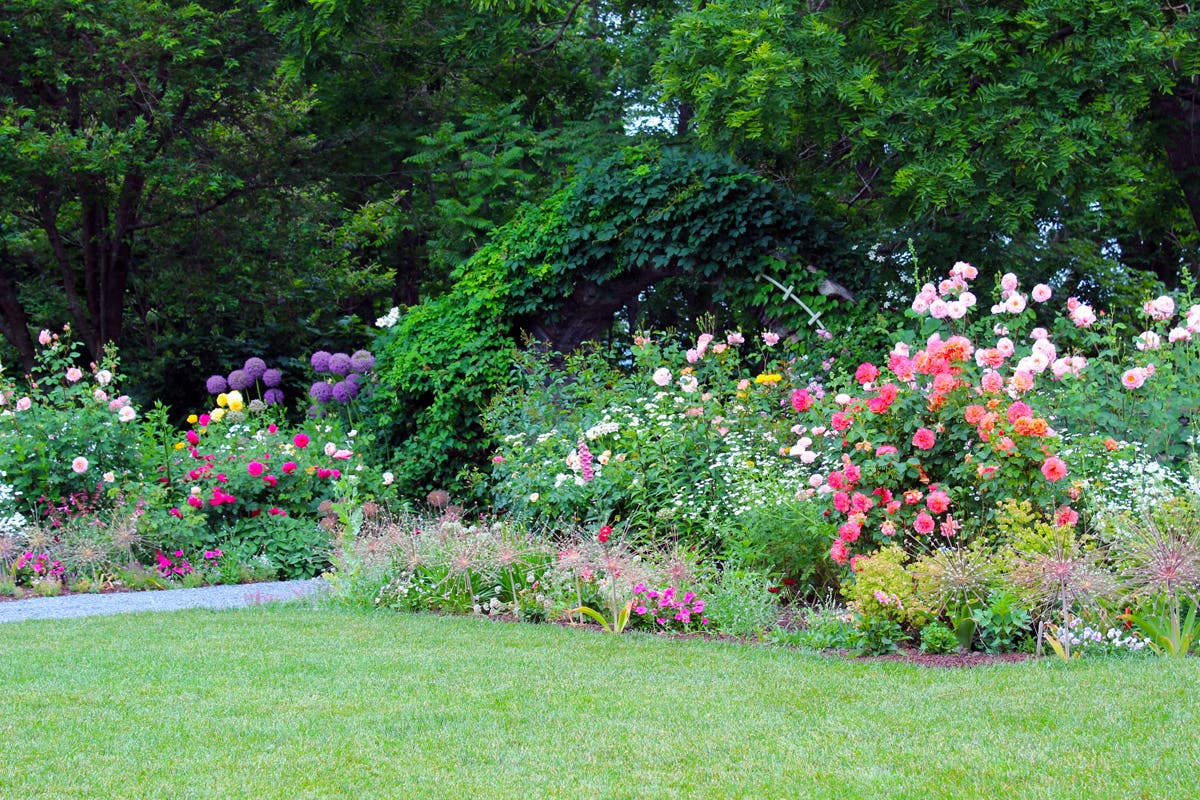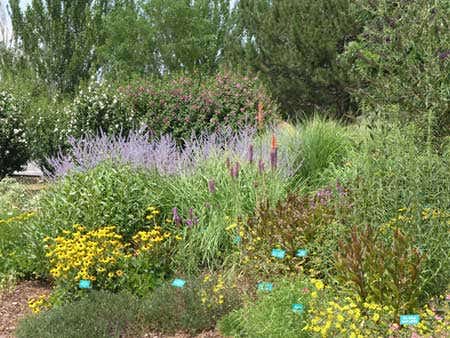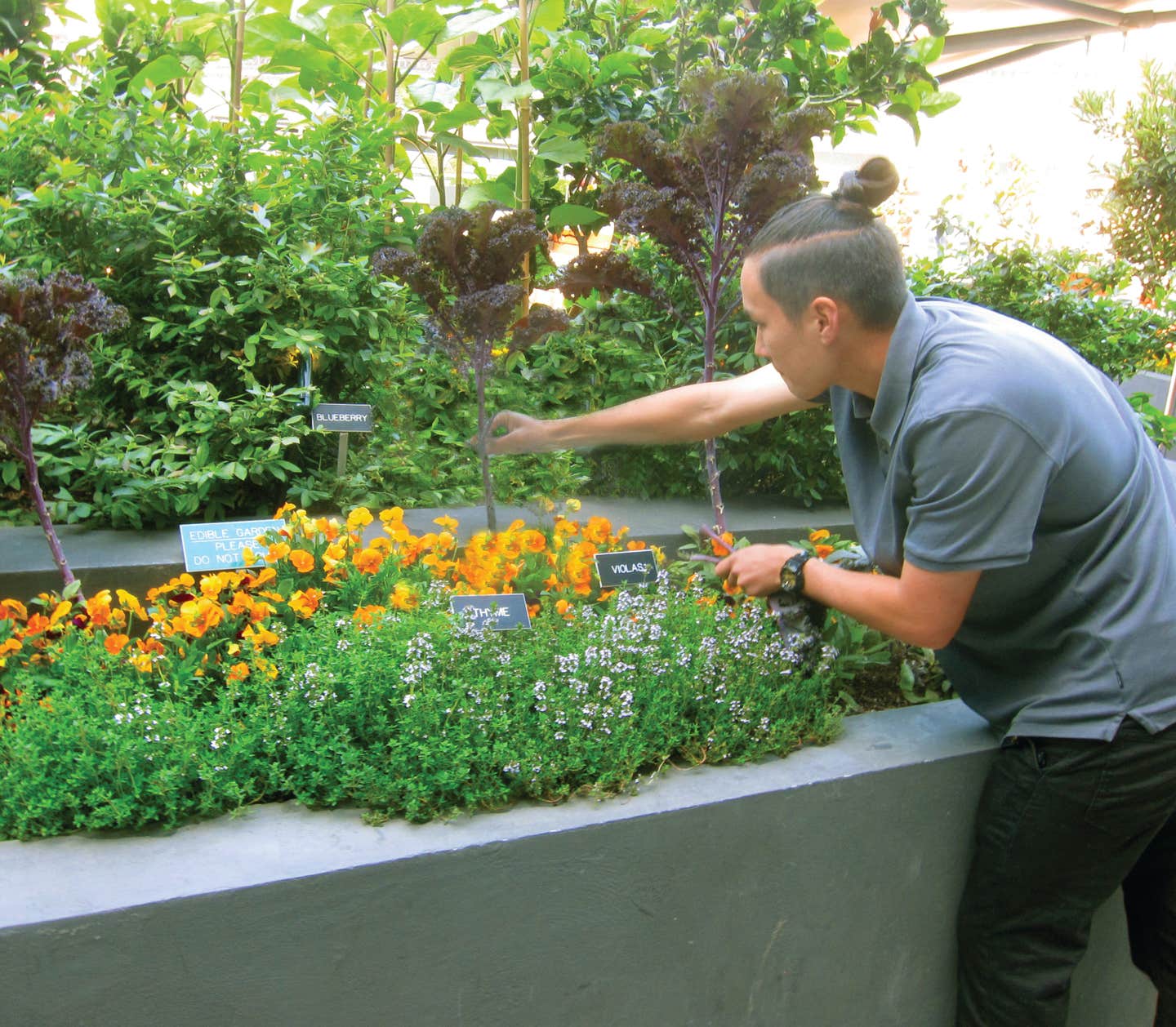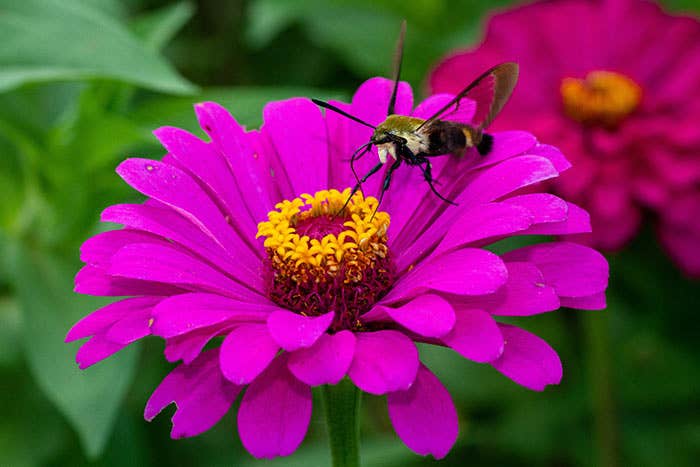Interior West: Berry Fest
When it comes to most aspects of gardening I have endless patience. Waiting seven years for peony seedlings to bloom is perfectly acceptable. But the vegetable patch is another story. So what was once the lettuce and bean area is now overrun with several dozen strawberry plants.
When it comes to most aspects of gardening I have endless patience. Waiting seven years for peony seedlings to bloom is perfectly acceptable. Even decades of anticipation are tolerated if the plant in question —some pathetic-looking, three-inch dwarf conifer or rare tree— promises delight. But the vegetable patch is another story. Half my vegetables rot in situ. I hate the harvesting, the cleaning, the processing. Each year I buy more and grow less.
Not so with small fruit. Like my berry-mad children, I succumb to instant gratification and eat as I pick. Pies and jam? Are you kidding? The berries don't even get washed before consumption, as the only things sullying the bounty are a few equally eager insects and a bit of canyon dust.
What was once the lettuce and bean area is now overrun with several dozen strawberry plants. Everbearing 'Fort Laramie' and day-neutral 'Tribute' are hardy and prolific; both offer a superb autumn crop here. 'Ogallala' is also everbearing, but puts out its best yield in early summer. Alpine strawberries (Fragaria vesca) grow in light shade beneath the apple trees; they offer a daily parade of berries from June to October. If essence of strawberry could be measured, I'd bet there would be more flavor in one of these half-inch berries than in an entire pint of store-bought fare.
Along the east side of the wall that encloses our courtyard, a dozen currants and gooseberries form an ornamental and flavorful hedge. These comely shrubs are well clothed in lobed foliage. In July, the shining cascades of red and white currants are nothing short of beautiful. White currants are generally sweeter than the red; hardy 'Blanca' and 'Primus' come from the Czech Republic and tolerate alkaline soils without the chlorosis seen in other varieties. I've never liked the strong, almost petroleum-like smell and taste of black currants. The onyx-like midsummer berries of the jostaberry, a black currant/gooseberry hybrid, offer a milder flavor and a massive dose of vitamin C. Gooseberries are my favorites, with their sweet-and-sour taste and crunchy skin. The American standard, 'Pixwell', is an insipid berry; 'Invicta' and 'Red Jacket' have much better flavor along with hardiness and mildew-resistance for good performance here.
In late summer and fall, raspberries ripen by the hour in the mountain sunlight. After a few chilly nights in the low forties, the flavor intensifies. While our cold, dry winters restrict the varieties it is possible to grow, the strong sun and mineral-rich soils of the West seem to strengthen the taste (and there are no omnivorous Japanese beetles). Primocane selections are best; these fruit on new canes formed the same season. Their care is wonderfully simple: in late winter all the canes are cut to the ground and the patch is raked clean, topped with a few inches of rotted horse manure, and remulched with wood chips. The most famous primocane cultivar is 'Heritage', but much of its heaviest bearing can be lost by an early, hard frost. 'Autumn Bliss', 'Redwing', and 'Amity' reach their peak two to three weeks earlier.
The season ends with the velvety smell of ripening grapes dangling from the south trellis. Few grapes do well in our climate; popular 'Valiant' and 'Concord' suffered the same fate as my vegetables, shriveling on the vine since I can't stand their taste fresh. 'Swenson Red', newly introduced 'Swenson White', golden-green 'Himrod', and seedless pink 'Reliance' are worth seeking out. Their fruit is an utterly delicious prize when carefully plucked amid the sleepy yellow jackets in the warm autumn sun.







